Politics
EU agrees to gradually end Russian gas imports by Jan 2028


- EU wants to deprive Russia of revenue to fund Ukraine war.
- Russia currently accounts for 12% of EU gas imports.
- Proposal allows specific flexibilities for landlocked member states.
EU energy ministers on Monday backed a proposal to phase out Russian oil and gas imports to the bloc by January 2028, the Council of the European Union said.
The ministers approved the plans, which would phase out new Russian gas import contracts from January 2026, existing short-term contracts from June 2026, and long-term contracts in January 2028, at a meeting in Luxembourg.
The law is not yet final. EU countries must negotiate the final rules with the European Parliament, which is still debating its position.
The EU wants to phase out Russian energy imports to deprive the Kremlin of revenues to fund its war in Ukraine.
Russia currently accounts for 12% of EU gas imports, down from 45% before its 2022 invasion of Ukraine, with Hungary, France and Belgium among the countries still receiving Russian gas.
The European Commission designed the proposals to be able to pass despite past opposition from Hungary and Slovakia, the two countries that still import Russian oil.
It needed backing from a “qualified majority” of EU member states— meaning at least 55% — so one or two nations alone could not block it.
The text approved on Monday allowed specific flexibilities for landlocked member states, which include Hungary and Slovakia.
Slovak Prime Minister Robert Fico defended his resistance to the gas and oil import phaseout and sanctions against Russia, which need EU unanimity.
Slovakia held up the last sanctions package over demands connected to the planned phase-out of Russian energy imports.
Separately, the EU is negotiating a new package of sanctions against Russia that would ban LNG imports one year earlier, from January 2027.
The EU’s Foreign Policy Chief Kaja Kallas said earlier on Monday the new sanctions package could be approved as early as this week.
Politics
EU in ‘contact’ with Taliban on Afghan migrant returns
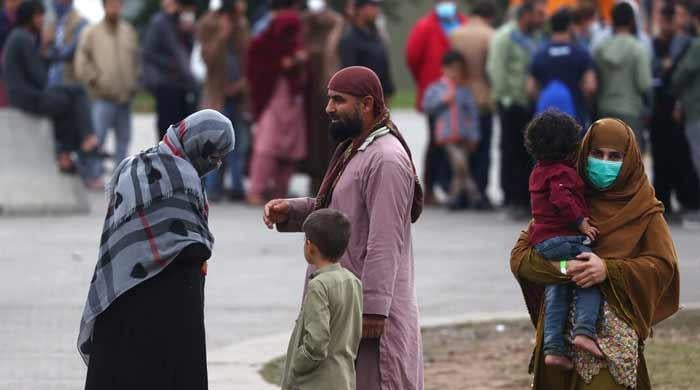
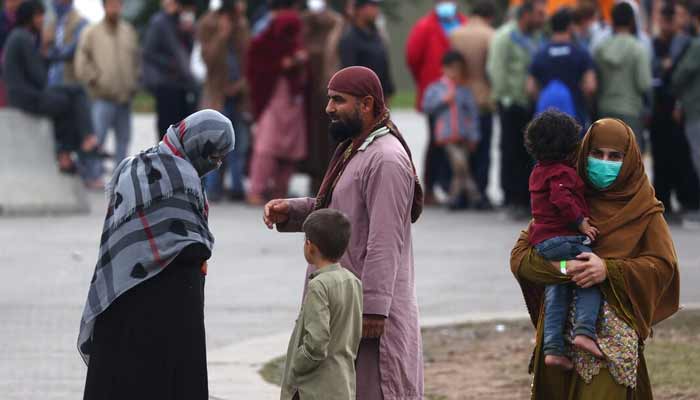
- Belgium-led letter urges coordinated EU action on Afghan returns.
- 20 EU nations demand steps for voluntary, forced repatriations.
- Brussels says engagement doesn’t confer legitimacy to Taliban.
The European Union on Monday said it has “initiated exploratory contacts” with the Taliban regime in Afghanistan as member states push to boost deportations of failed asylum seekers.
The admission, which is likely to raise hackles given the Taliban’s poor rights record and diplomatic standing, comes after a majority of EU nations urged Brussels to reach out to Kabul to boost expulsions.
The European Commission is working to ensure coordination among member states, Markus Lammert, a spokesman for the EU’s executive, told a press conference in Brussels.
“Earlier this year, we have initiated exploratory contacts at technical level with the de-facto authorities in Afghanistan,” he said.
The Taliban have been largely isolated on the global stage since they imposed a strict law upon returning to power in 2021, following the withdrawal of US-led forces.
But in a letter initiated by Belgium, 20 EU member states called on the commission to take action to enable both voluntary and forced returns of Afghans with no right to stay.
“We are unable to return irregular Afghan nationals, even after a conviction,” Belgian migration minister Anneleen Van Bossuyt said in a statement.
“This undermines public trust in asylum policy and affects our collective security. It is time for Europe to act together.”
The text was signed among others by Austria, Germany, Greece, Italy, The Netherlands, Norway, Poland and Sweden.
Most are members of a club of EU immigration hawks that is clamouring for a broader clampdown on migration following a souring of public opinion that has fuelled hard-right electoral gains across the bloc.
Deportations — or the lack thereof — have been a common gripe, as fewer than 20 of people ordered to leave the bloc are currently returned to their country of origin, according to EU data.
Sweden’s migration minister Johan Forssell told AFP in an interview last week that EU members could pool resources to repatriate Afghans.
“There could be joint planes to Afghanistan,” he said, adding an EU team had been holding technical discussions in Kabul.
“We need to find common solutions here,” Forssell added.
The EU has maintained a diplomatic presence in the country but contacts have been limited to certain areas, including humanitarian assistance.
Brussels’ diplomatic service stresses on its website that the engagement “does not bestow any legitimacy” to the Taliban government, which has been criticised for its repressive measures.
Afghan women in particular can no longer practice many professions or travel without a male chaperone, and are banned from studying after the age of 12, walking in parks or going to gyms.
Politics
hope for peace on Afghan-Pakistan border
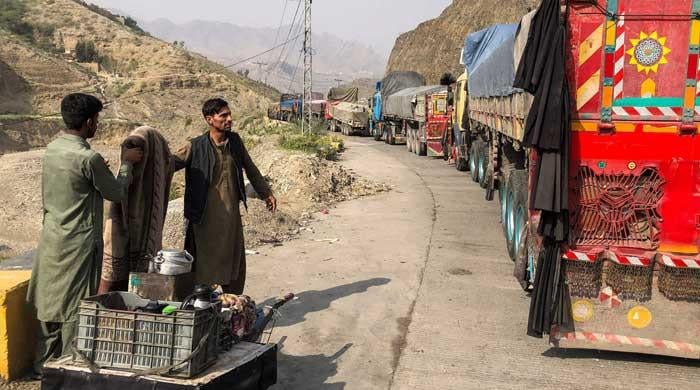
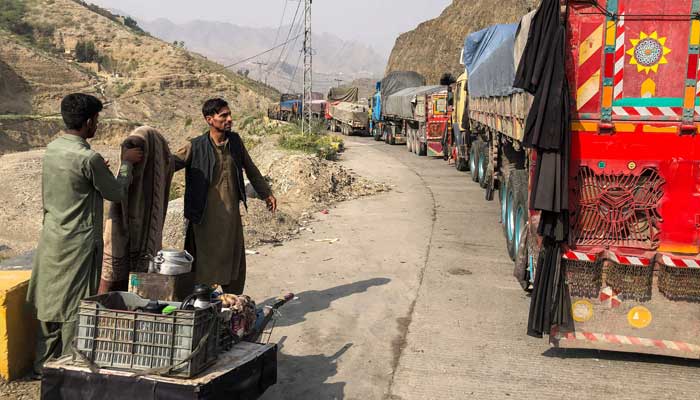
After a week of violence, residents on the frontier between Afghanistan and Pakistan are hoping a new ceasefire deal will end the clashes and revive crucial cross-border trade.
While the crossings remain closed, life has regained a semblance of normality, with bakers kneading bread, fruit and vegetable sellers wheeling out their carts, and customers frequenting shops.
“People can breathe and feel relieved. (But) before that, gunfire damaged a few houses in our village,” said Sadiq Shah, 56, a shopkeeper from Baizai on the Pakistani side.
Fighting between Afghanistan and Pakistan broke out after explosions in Kabul on October 9.
The Taliban government blamed the blasts on its neighbour and launched a retaliatory border offensive, prompting Islamabad to vow a strong response.
After further clashes left soldiers and civilians dead, the two sides declared an initial 48-hour ceasefire on Wednesday.
New Pakistani strikes hit Afghanistan on Friday, with Islamabad saying it was targeting armed groups that the Taliban harbours and allows to launch attacks on Pakistani territory.
The two sides approved a second ceasefire on Sunday, to the relief of many along the border.
“It’s incredible: both sides are Muslim, (ethnic) Pashtuns, so why fight?” said Shah.
“Previously, trade with Afghanistan went through here, and now we’re shooting at each other. What country does that?”
‘Losing money’
The border only opened temporarily this week to admit Afghan migrants expelled by Pakistan under a campaign that it launched back in 2023.
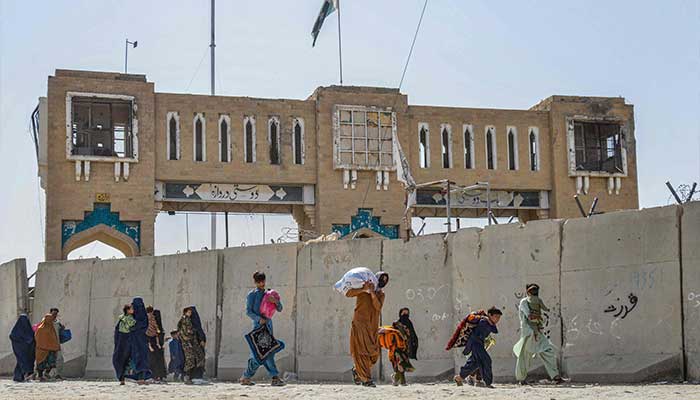
In the Pakistani town of Torkham, a normally busy crossing point into the Afghan province of Nangarhar, stranded drivers bought tea from a vendor as they waited in colourful trucks.
More than 1,500 trucks, trailers and containers carrying cement, medicines, rice and other basic goods are waiting in Torkham, according to a senior Pakistani customs official in nearby Peshawar.
Abdul Rahman Habib, spokesman for the Taliban’s economy ministry, said fruit and vegetables were rotting as they awaited export to Pakistan.
“Businessmen are losing money,” he said, without giving an estimate of the damages.
Habib warned that if this situation persisted, “it could increase prices and unemployment, and destabilise markets”.
“Trade relations should be separate from political issues,” he told AFP.
After the peace talks in Doha, Qatar’s foreign ministry said the ceasefire deal provides for “the establishment of mechanisms to consolidate lasting peace”, but their details have not been disclosed.
Niaz Mohammed Akhund, a 39-year-old car salesman in Spin Boldak, an Afghan town where fighting flared last week, said “people here are very happy with the ceasefire”.
“(They) have no farmland or other source of income — everyone depends on cross-border trade, on both sides,” he said.
Nematullah, a 24-year-old vendor, also told AFP he hoped “this problem won’t resurface”.
Across the road on the Pakistani side, market worker Imran Khan called on the two countries to establish a “mechanism to end these conflicts and to start treating each other like brothers”.
Politics
Israel announces ceasefire and aid resumption after Gaza airstrikes kill 26
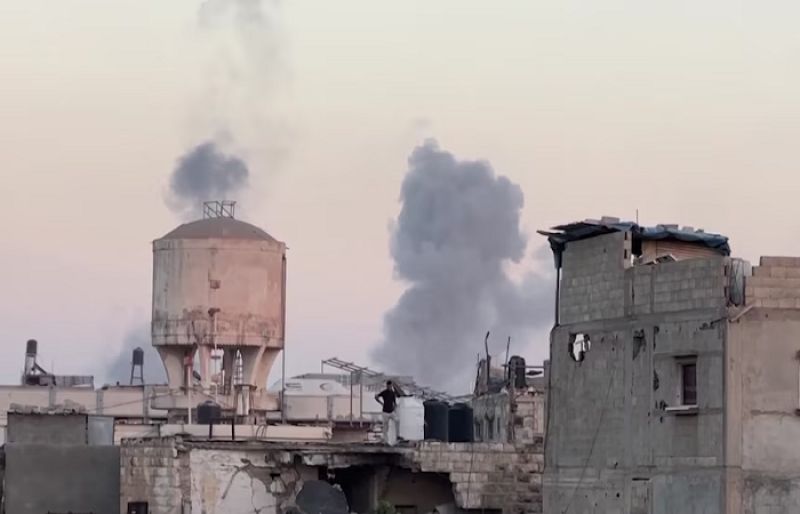
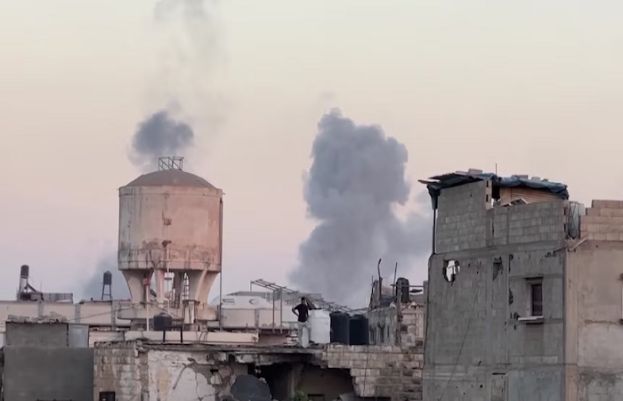
The Israeli military announced on Sunday that a ceasefire in Gaza had resumed following an attack that killed two of its soldiers and triggered airstrikes that Palestinians said left 26 people dead, marking the most serious test of this month’s truce.
US President Donald Trump said the ceasefire he brokered remained in place and suggested Hamas leadership may not have been involved in the violations. “We think maybe the leadership isn’t involved in that,” he told reporters aboard Air Force One.
“Either way … it’s going to be handled toughly but properly,” Trump added. He also said he did not know whether the Israeli strikes were justified. “I’d have to get back to you on that,” he said.
Aid to Gaza is set to resume on Monday following US pressure, an Israeli security source said, after Israel had temporarily halted supplies in response to what it described as a “blatant” truce violation by Hamas.
The airstrikes killed at least 26 people, including a woman and a child, according to local residents and health authorities. At least one strike hit a former school sheltering displaced residents in Nuseirat.
“We’re going to have to see what’s happening. We want to make sure that it’s going to be very peaceful with Hamas,” Trump said.
US envoy Steve Witkoff and son-in-law Jared Kushner are expected to travel to Israel on Monday, Israeli and US officials said.
The armed wing of Hamas stated it remains committed to the ceasefire, was unaware of clashes in Rafah, and had not communicated with groups there since March.
US Vice President JD Vance did not address the Israeli strikes directly, but noted that around 40 Hamas cells remain active, with no security infrastructure yet to ensure complete disarmament.
“Some of those cells will probably honor the ceasefire. Many, as we saw today, will not,” he said. Vance added that Gulf Arab states may need to deploy forces to maintain law, order, and security on the ground before Hamas can be fully disarmed.
Israeli Prime Minister Benjamin Netanyahu said he had ordered the military to respond forcefully to what he called Hamas’ violations of the ceasefire.
PATH TO PEACE IS UNCERTAIN
Fearing the truce may collapse, some Palestinians rushed to buy goods from a main market in Nuseirat and families fled their homes in Khan Younis further south, after airstrikes hit nearby.
The strikes were reminiscent of Israel’s response to what it viewed as serious violations of its ceasefire with Hamas’ Lebanese ally Hezbollah in late 2024, less than a week after it came into effect and after days of mutual accusations of truce breaches, though that ceasefire has since largely held.
But formidable obstacles remain in the way of a durable peace in Gaza, where a ceasefire collapsed in March after nearly two months of relative calm when Israel unleashed a barrage of airstrikes.
DISPUTE OVER BODIES OF DECEASED HOSTAGES
The new ceasefire took effect on October 10, halting two years of war, but the Israeli government and Hamas have been accusing each other of violations of the ceasefire for days.
Israeli Defense Minister Israel Katz said the “yellow line” to where Israeli forces had pulled back under the ceasefire deal would be physically marked and that any violation of the ceasefire or attempt to cross the line would be met with fire.
Hamas detailed what it said was a series of violations by Israel that it says have left 46 people dead and stopped essential supplies from reaching the enclave.
On Saturday, Israel said the Rafah border crossing between Gaza and Egypt, which had been expected to be reopened this week, would remain closed and that its reopening would depend on Hamas fulfilling its obligations under the ceasefire.
Israel says Hamas is being too slow in handing over bodies of deceased hostages.
Hamas last week released all 20 living hostages it had been holding and in the following days has handed over 12 of the 28 deceased captives.
MORE AID IS NEEDED
Hamas says it has no interest in keeping the bodies of remaining hostages and that special equipment is needed to recover corpses buried under rubble.
The Rafah crossing has largely been shut since May 2024. The ceasefire deal also includes the ramping up of aid to Gaza, where hundreds of thousands of people were determined in August to be affected by famine, according to the IPC global hunger monitor.
The crossing has in previous ceasefires functioned as a key conduit for humanitarian aid to flow into the enclave.
Although the flow of aid through another crossing had, until Sunday’s decision to halt aid, increased significantly since the ceasefire began, the United Nations says far more is needed.
Key questions of Hamas disarming, future governance of Gaza, the make-up of an international “stabilization force”, and moves towards creation of a Palestinian state have yet to be resolved.
-

 Tech1 week ago
Tech1 week agoAustralian airline Qantas says millions of customers’ data leaked online
-

 Tech1 week ago
Tech1 week agoUK police to upgrade illicit asset recovery system | Computer Weekly
-

 Tech4 days ago
Tech4 days agoWhy the F5 Hack Created an ‘Imminent Threat’ for Thousands of Networks
-

 Entertainment1 week ago
Entertainment1 week agoKaty Perry and Justin Trudeau are dating: Report
-

 Tech5 days ago
Tech5 days agoWhat Is Google One, and Should You Subscribe?
-

 Entertainment1 week ago
Entertainment1 week agoVictoria Beckham thinks Brooklyn Beckham is fed up with Nicola Peltz drama?
-

 Business1 week ago
Business1 week agoEnvironment minister Bhupender Yadav heads to Brazil: India engages in pre-talks ahead of COP30; climate finance and adaptation on agenda – The Times of India
-

 Tech1 week ago
Tech1 week agoA US startup plans to deliver ‘sunlight on demand’ after dark. Can it work? Would we want it to?






